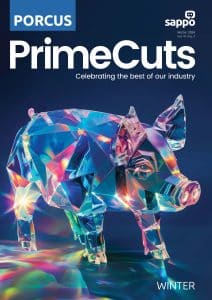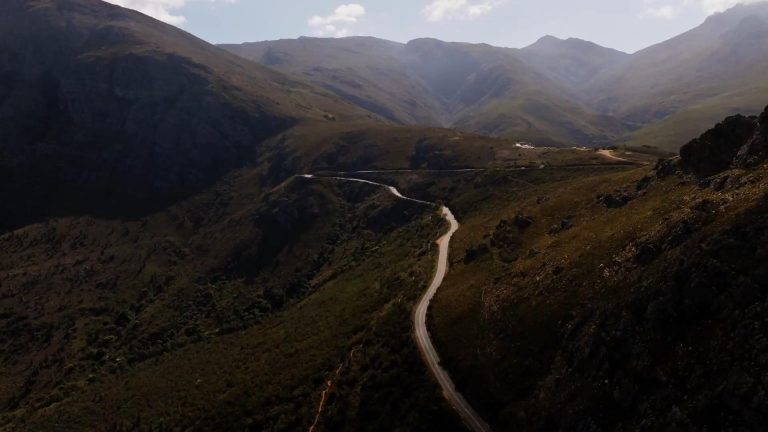Over the past three years, the crisis script in the livestock industry has become predictable. As in recent weeks, another unsurprising and rather predictable crisis has unfolded linked to animal diseases. True to collective structural incompetence and misplaced focus, farmers and organised agriculture, alongside government departments, respond with high a frequency of forums and task teams where the usual shock is expressed, and the same strategies are presented again. Leaders across the spectrum raise the alarm in the media over the very real and substantial economic impact of persistent disease outbreaks and appeal for intervention. Ironically, the grand potential of the industry’s future growth is highlighted, but then, after a few weeks, the noise fizzles out. Without making any substantial changes to our approach, structures, or capacity, we hope that it will not happen again or that the prevalence of diseases will not escalate. And then it does.
At this late stage, we should not be under any illusion that our business environment is going to get any easier. On the contrary, as decay and poverty settle in over rural and peripheral urban areas, the risks of animal diseasing spreading are only going to get higher. The idea that highly organised segments of the meat value chain can safeguard themselves from more informal, disease-prone supply chains, often perceived as disconnected from their own operations, was proven to be fiction in recent weeks. So, thinking that we could, again, as industries resort to our old approach is akin to rearranging the deck chairs on the Titanic.
Tackling this thorny, highly complex issue will require a combination of well-coordinated efforts. At first, we need to stop externalising blame and accept the fact that, equal to state veterinarian services, it is our fellow industry friends and neighbours that threaten our ability to respond on the required scale. Concurrently, we need to reconsider the self-manufactured complexity of the numerous forums and structures in the livestock industry perpetuating strategies that may be theoretically sound, yet are woefully inadequate in impact. While forums and discussions are critical to building consensus, it is trivial without the capacity to respond to risks. The recent vision to set up an industry services company should be applauded and supported despite the discomfort it may cause to some. The next step is to define the points along the meat value chain where service level agreements and partnerships with state services can be established. On a policy level, the groundwork for these partnerships has been captured in the Agriculture and Agro Processing Master Plan (AAMP).
Practically, the differentiating combination of Pork 360, a voluntary farm assurance scheme, compartments, and a disease risk-based approach to farmer development, has enabled the pork industry to manage similar risks across its value chain. This is supported and complemented by a comprehensive business intelligence system that optimises various industry interventions. Elements of this combination should be swiftly scaled into the rest of the meat value chain. The potential collateral economic damage the pig economy can suffer in the near future is already prevalent in the wool export ban. This time around, solely betting on hope as a strategy is a reckless gamble.
The South African Pork Producers’ Organisation (SAPPO) coordinates industry interventions and collaboratively manages risks in the value chain to enable the sustainability and profitability of pork producers in South Africa.









